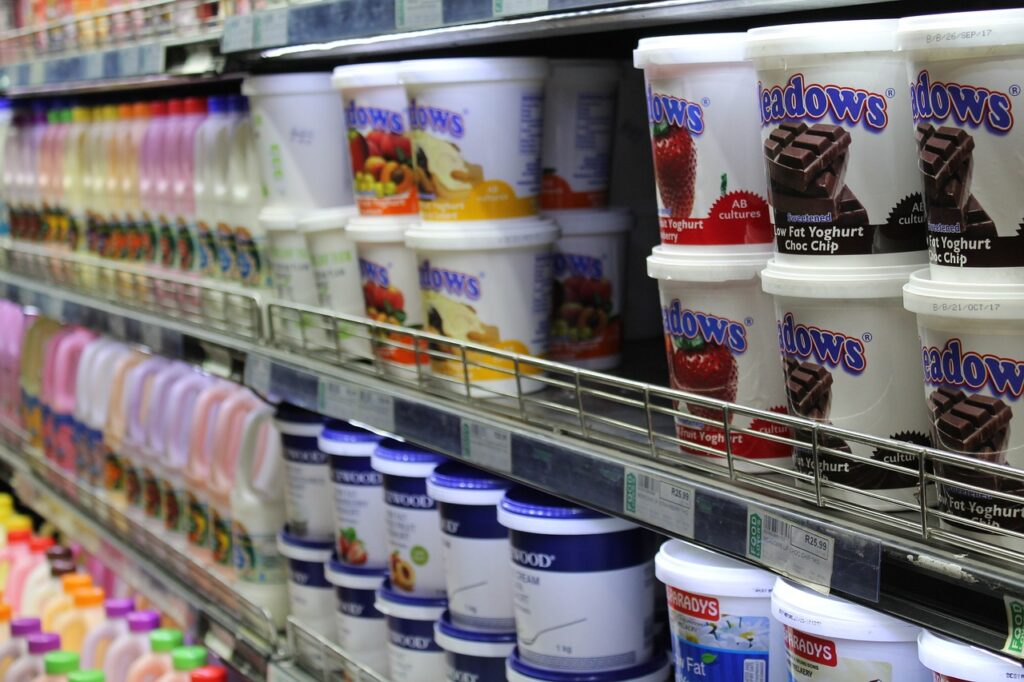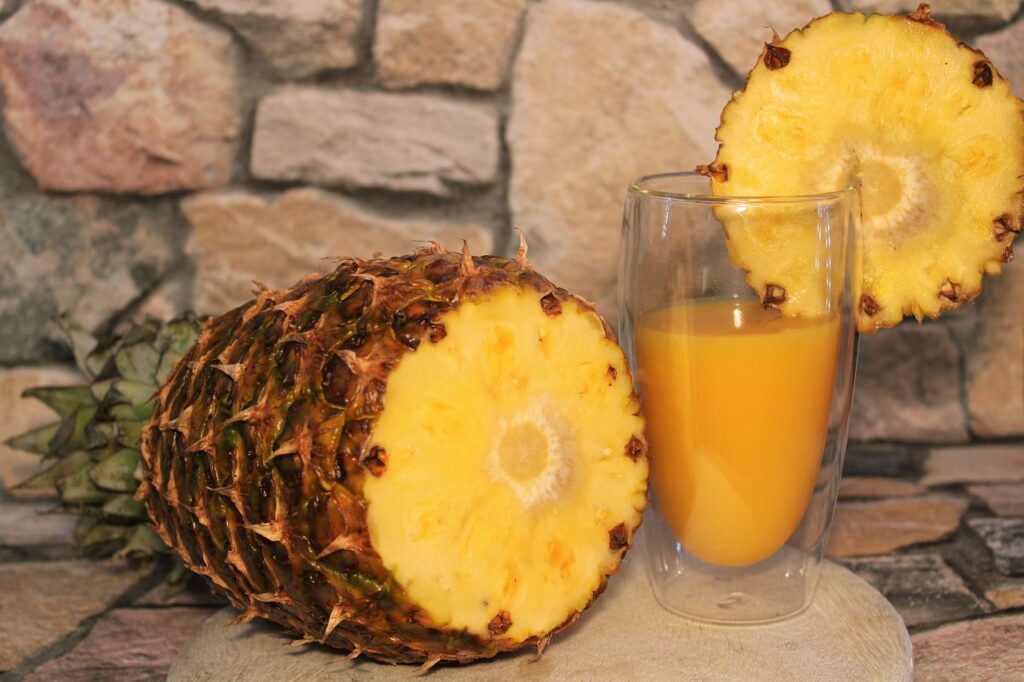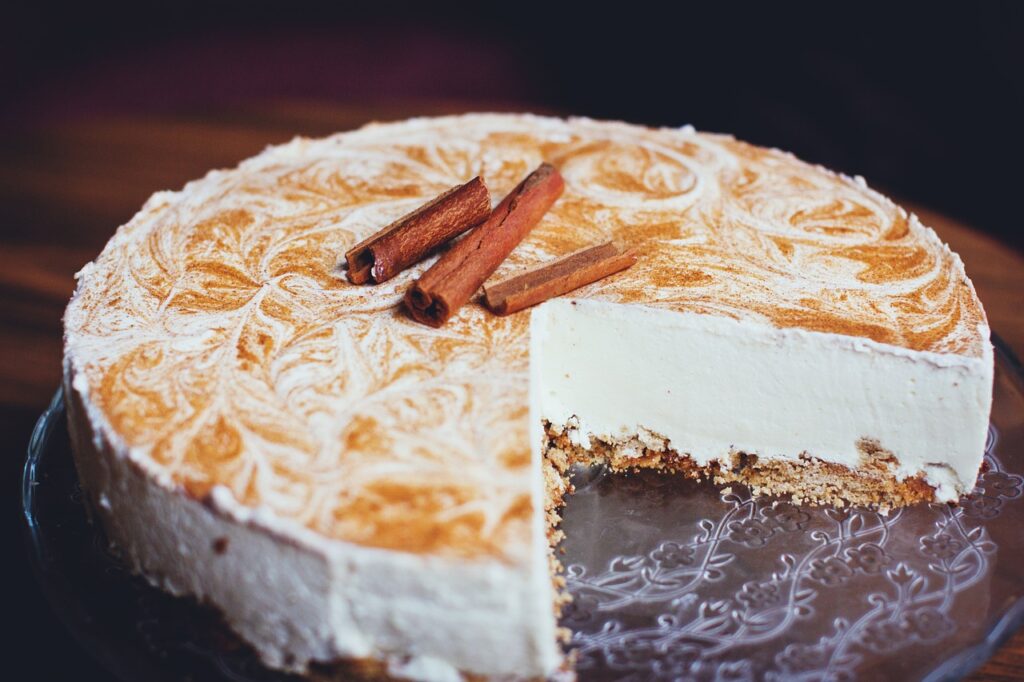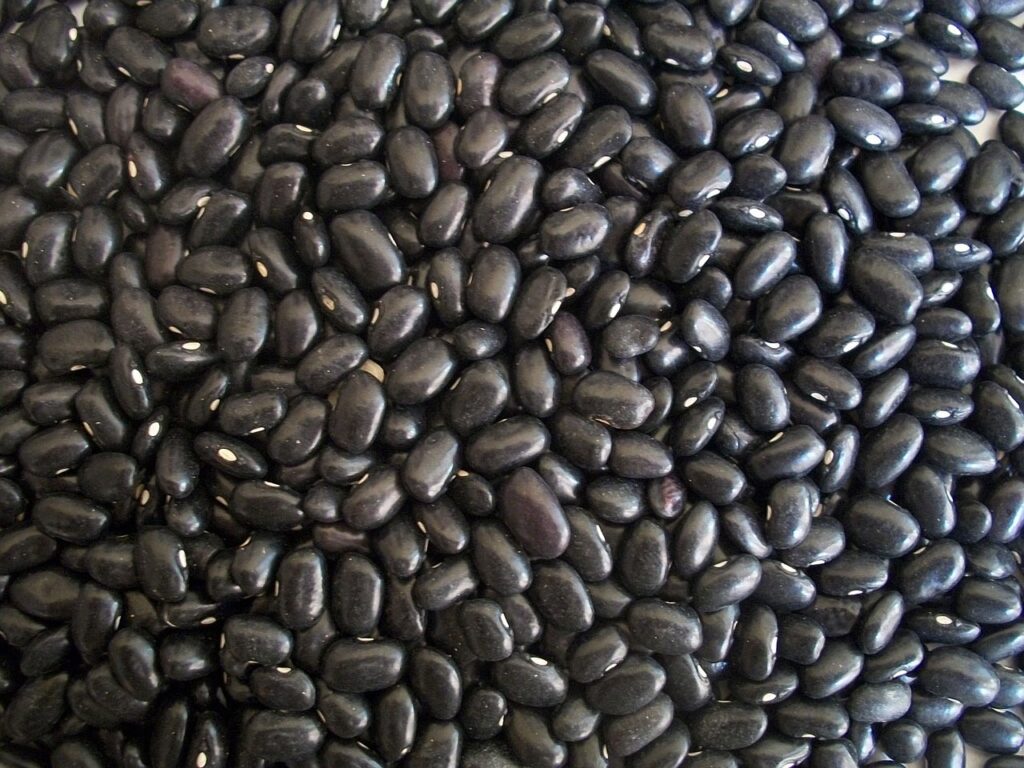Cooking gluten-free keto meals can be like navigating a culinary maze, but fear not! We've got you covered with five essential cooking hacks that will make your gluten-free keto journey a breeze.
From pantry staples to flavorful spices, creative substitutions to meal prepping tips, and time-saving appliances, these hacks will transform your cooking experience.
Get ready to elevate your gluten-free keto game with these game-changing tips.
Pantry Staples

To ensure you have the necessary ingredients for gluten-free keto cooking, stock your pantry with a variety of staples such as almond flour, coconut oil, and erythritol. These pantry staples are essential for creating delicious and healthy meals while following a low-carb, gluten-free diet.
Almond flour is a popular substitute for traditional wheat flour in keto and gluten-free recipes. It's low in carbs and high in healthy fats, making it a great option for those on a keto diet.
Coconut oil is another valuable ingredient to have on hand as it's rich in medium-chain triglycerides (MCTs), which can help boost your metabolism and provide a quick source of energy.
Erythritol is a natural sweetener that can be used as a substitute for sugar in your keto and gluten-free baking. It has zero calories and doesn't affect blood sugar levels, making it a suitable choice for those watching their carbohydrate intake. Additionally, having baking essentials like baking powder, baking soda, and vanilla extract will ensure your baked goods turn out perfectly every time.
Remember to also include healthy fats and oils like olive oil and ghee in your pantry, as they're important for maintaining a balanced keto diet.
Lastly, don't forget to stock up on flavor enhancers such as herbs, spices, and gluten-free extracts to add depth and complexity to your dishes.
Flavorful Spices
Enhance the taste of your gluten-free dishes by experimenting with a variety of flavorful spices. Spices not only add depth and complexity to your gluten-free cooking but also bring a burst of flavor to your dishes.
When it comes to choosing spices, there are endless options to explore. Consider using spices like cumin, paprika, and cinnamon to add a rich and aromatic touch to your gluten-free meals. Fresh herbs such as basil, thyme, and rosemary can also elevate the flavors of your dishes and make them more enjoyable.
Don't be afraid to venture into the world of spice blends like curry powder or garam masala to bring a unique twist to your gluten-free recipes. Adjust the amount of spices according to your personal taste preferences and to create a well-balanced dish.
Use spices in conjunction with oils like olive oil or coconut oil to enhance the flavors even further. Whether you're making low-carb meals, baked goods, or traditional recipes, incorporating flavorful spices will take your gluten-free cooking to the next level.
Creative Substitutions

Consider getting creative with alternative flours and ingredients to add unique and flavorful substitutions to your gluten-free recipes. When it comes to creating delicious and healthy substitutes, there are several options to explore.
For instance, instead of using traditional flour, you can experiment with almond flour, coconut flour, or even cauliflower rice to make your recipes low in carbs while still maintaining a satisfying texture.
In terms of sweetening your dishes, consider using alternatives to refined sugars. Maple syrup and honey can be used in moderation to add sweetness to your gluten-free recipes. Keep in mind that these natural sweeteners may have a higher carb content compared to artificial sweeteners, so it's important to adjust your portion sizes accordingly if you're following a strict Keto Diet.
Think outside the box and incorporate unexpected ingredients into your gluten-free dishes. For example, cottage cheese can be a great substitute for regular cheese, adding creaminess and protein to your recipes. Bell peppers can be used as a low-carb alternative to bread or tortilla wraps, providing a unique twist to your favorite meals.
Meal Prepping Tips
Planning your meals in advance can save you time and reduce stress during the week. When meal prepping on a gluten-free keto diet, there are a few tips you can follow to make the process more efficient and enjoyable.
- Use versatile ingredients: Opt for ingredients that can be incorporated into multiple dishes. For example, grilled chicken can be used in salads, stir-fries, or served with roasted vegetables. This will help you save time and ensure variety in your meals.
- Invest in quality storage containers: To keep your prepped meals fresh and organized, invest in good quality storage containers. Look for containers that are leak-proof and microwave-safe for easy reheating.
- Cook in bulk and portion out meals: Cooking in bulk allows you to save time and have ready-to-go meals throughout the week. Portion out your meals into individual containers, making it easier to grab a meal and go, especially during busy weekdays.
Time-Saving Appliances

To make your gluten-free keto meal prep more efficient, incorporating time-saving appliances is key. There are several appliances that can help you save time in the kitchen while sticking to your gluten-free keto diet.
One option is to invest in a pressure cooker or an Instant Pot. These appliances allow for quick and hands-off cooking, making it easier to prepare meals in a shorter amount of time.
Another useful appliance is a food processor. With a food processor, you can efficiently chop, shred, and mix ingredients, saving you time and effort.
If you prefer set-it-and-forget-it meals, a slow cooker is a great choice. Simply add your ingredients in the morning and come home to a delicious, ready-to-eat meal.
A high-speed blender is also a valuable tool for saving time. It can streamline tasks like making smoothies and pureeing ingredients.
Lastly, consider using a toaster oven for smaller baking and roasting needs. It heats up quickly and is perfect for cooking smaller portions.
When choosing time-saving appliances, it's important to consider your specific needs and the context of your gluten-free keto cooking. Select appliances that are contextually relevant and will help you save time in the areas that matter most to you.
Conclusion
Incorporating essential oils into your gluten-free keto cooking can be a game-changer. By using oils like lemon, orange, and lime, you can add unique flavors to your dishes and replace artificial extracts. Remember to dilute the oils in fat for consumption and be mindful of allergies.
Cooking with essential oils is a healthy and delicious way to elevate your gluten-free keto meals, taking them to a whole new level of flavor and enjoyment. It's like adding a splash of vibrant color to your culinary canvas.







